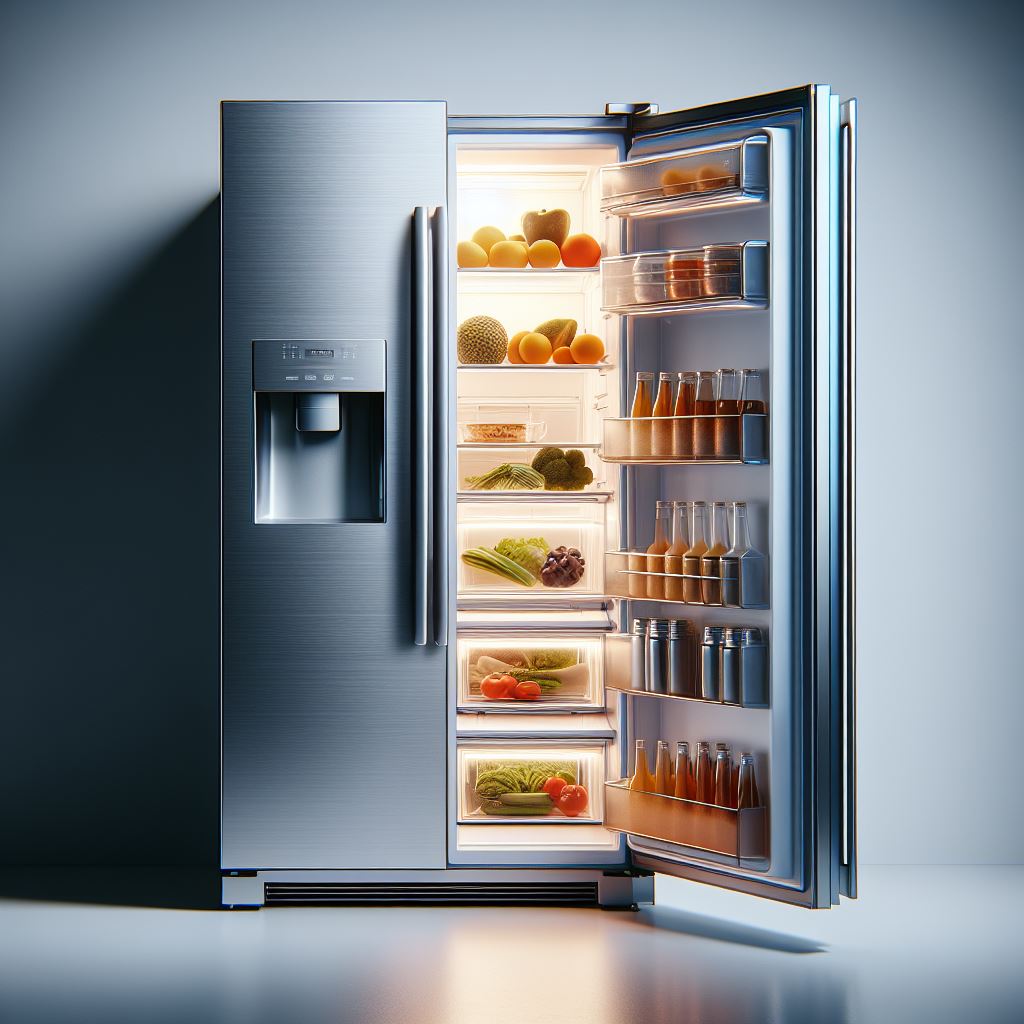Have you ever opened your refrigerator door and noticed water droplets forming on the shelves and walls? That’s condensation, a common occurrence in refrigerators that can be caused by a variety of factors. Understanding why condensation forms in your refrigerator can help you keep your food fresh and your appliance running efficiently. Let’s explore the reasons behind this mysterious phenomenon and how you can prevent it from happening in the future.
Condensation in a refrigerator is a common issue that many people face. It can be frustrating to open the fridge and find water droplets on the shelves and walls. However, understanding why condensation occurs can help you prevent it in the future.
One of the main reasons for condensation in a refrigerator is fluctuations in temperature. When warm air enters the fridge, it can cause the cold air inside to condense and form water droplets. This can happen when you open the door frequently or leave it open for an extended period of time. To prevent this, try to limit the amount of time the fridge door is open and ensure it is properly sealed when closed.
High humidity levels can also lead to condensation in a refrigerator. If the humidity in your home is too high, it can result in condensation forming inside the fridge. Using a dehumidifier in your home can help regulate the moisture levels and prevent condensation.
Placing hot or warm food in the fridge can contribute to condensation as well. When hot items are placed in the fridge, it can raise the temperature inside and cause condensation to form. To avoid this, allow hot food to cool down to room temperature before putting it in the fridge.
A faulty door seal or gasket can also be a cause of condensation in a refrigerator. If the seal is not properly sealing the door, warm air can enter the fridge and lead to condensation. Check the seal around the door and replace it if needed to prevent further condensation.
In conclusion, condensation in a refrigerator can be bothersome, but taking steps to maintain consistent temperature, control humidity levels, and ensure the door seal is intact can help prevent it in the future. By understanding the potential causes of condensation and implementing preventive measures, you can keep your fridge free from water droplets and maintain its efficiency.
1. Why is there condensation in my refrigerator?
Condensation in your refrigerator occurs when warm, moist air from outside the fridge comes into contact with the cold air inside. This causes the moisture in the air to condense and form water droplets on the walls or shelves of the fridge.
2. Is condensation in my refrigerator a cause for concern?
Condensation in your refrigerator is usually not a serious issue and is a common occurrence. However, if you notice excessive condensation or water pooling at the bottom of the fridge, it could be a sign of a problem with the door seal or temperature settings.
3. How can I prevent condensation in my refrigerator?
To prevent condensation in your refrigerator, make sure the door seal is tight and free of any damage. Avoid leaving the door open for extended periods and try to limit the amount of warm, moist air that enters the fridge. Additionally, keeping the temperature settings at the recommended levels can help reduce condensation.
